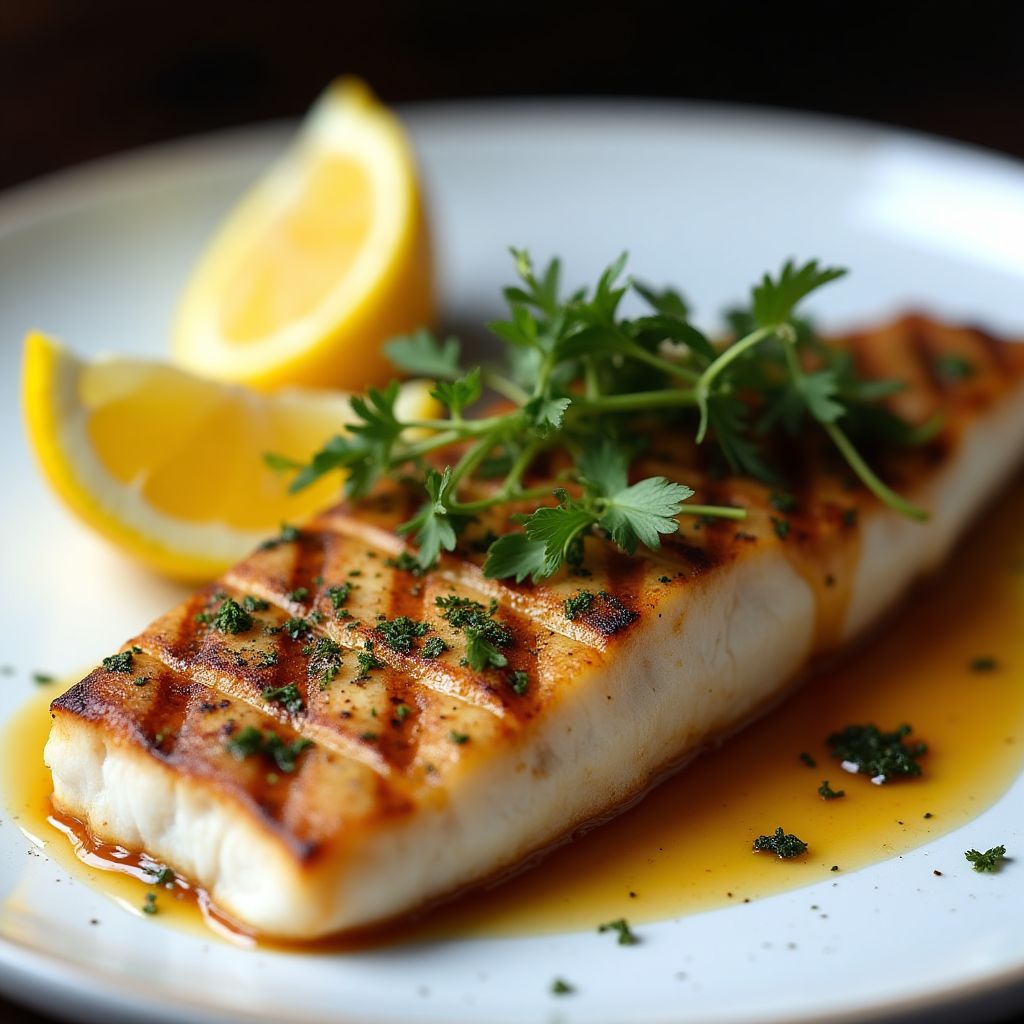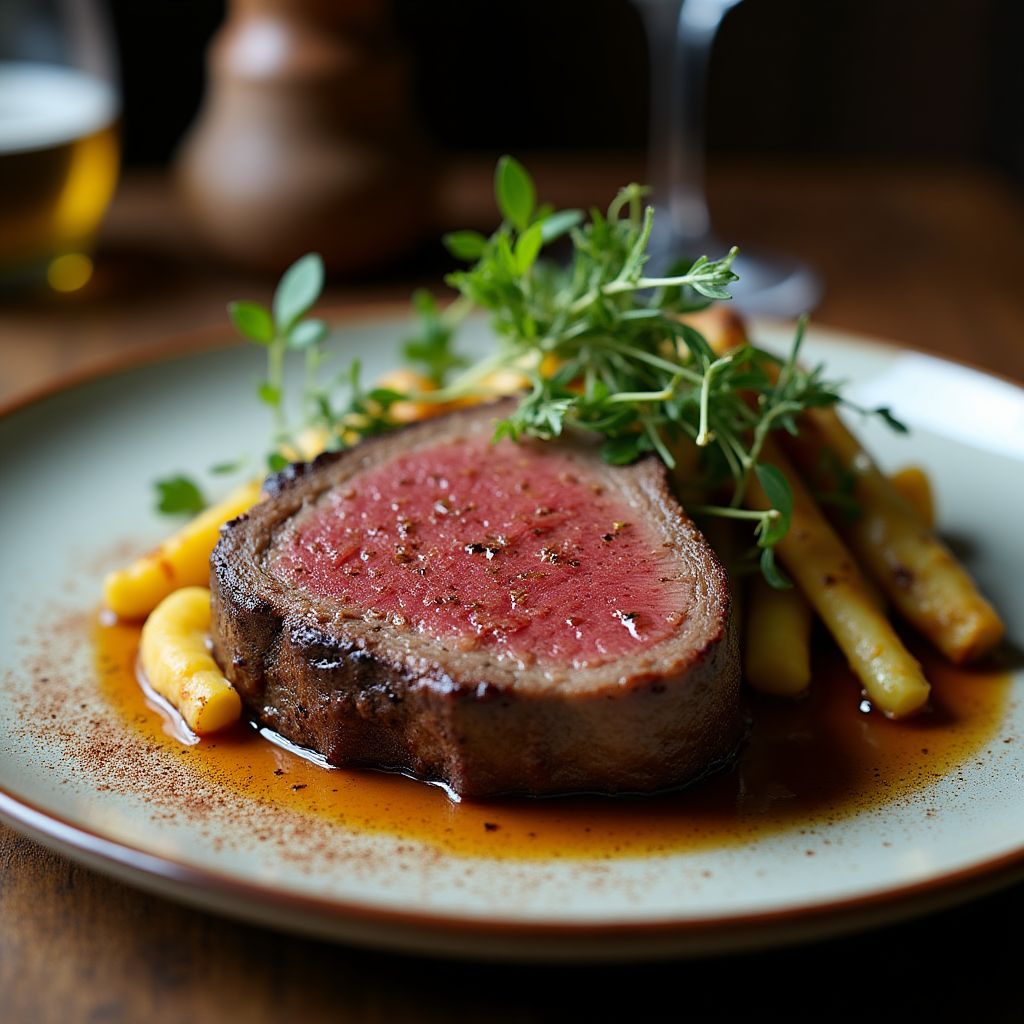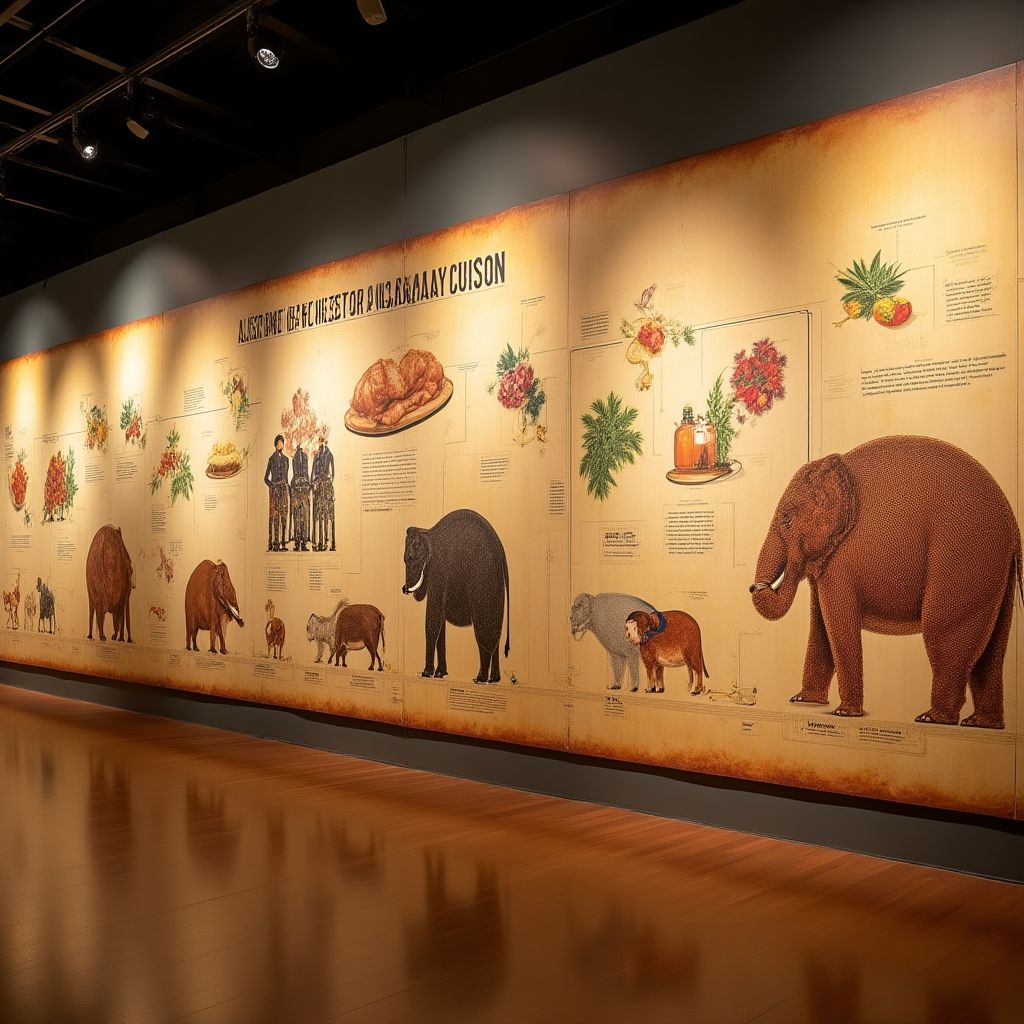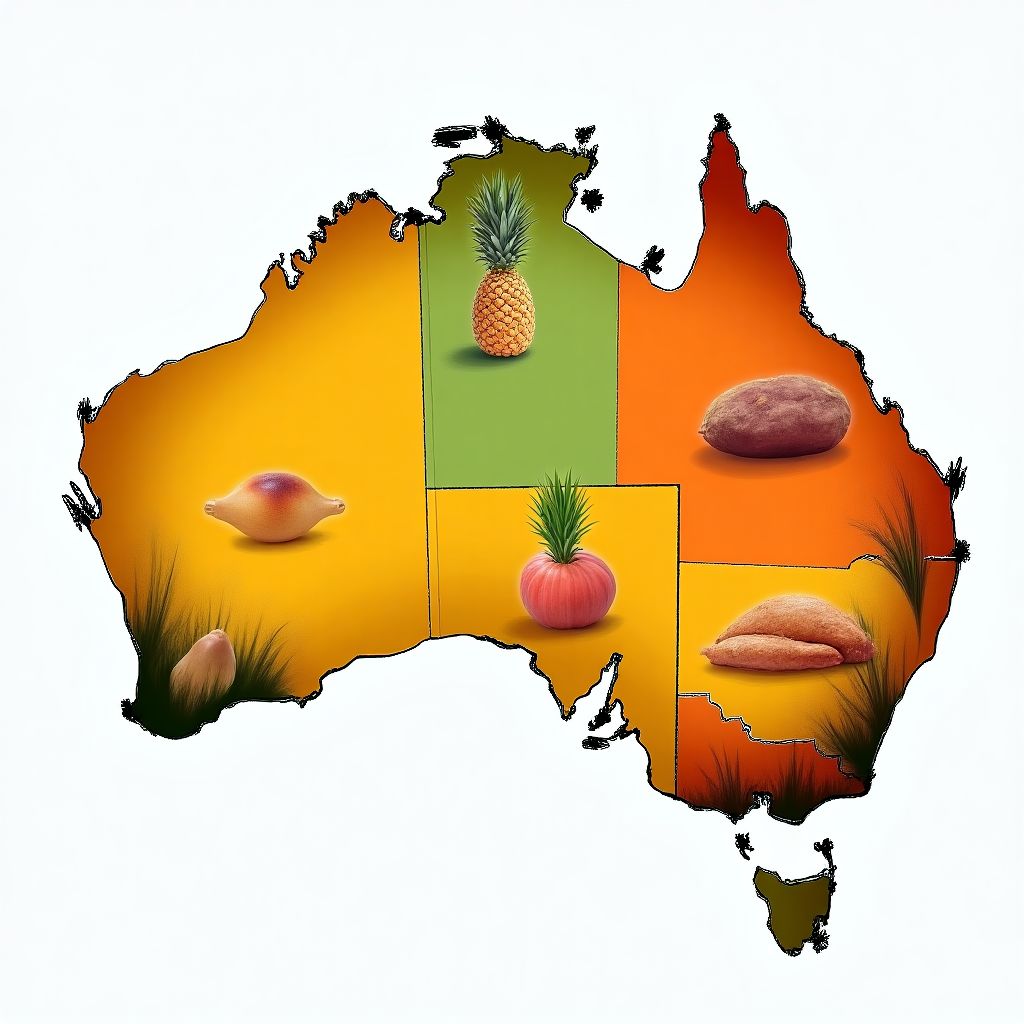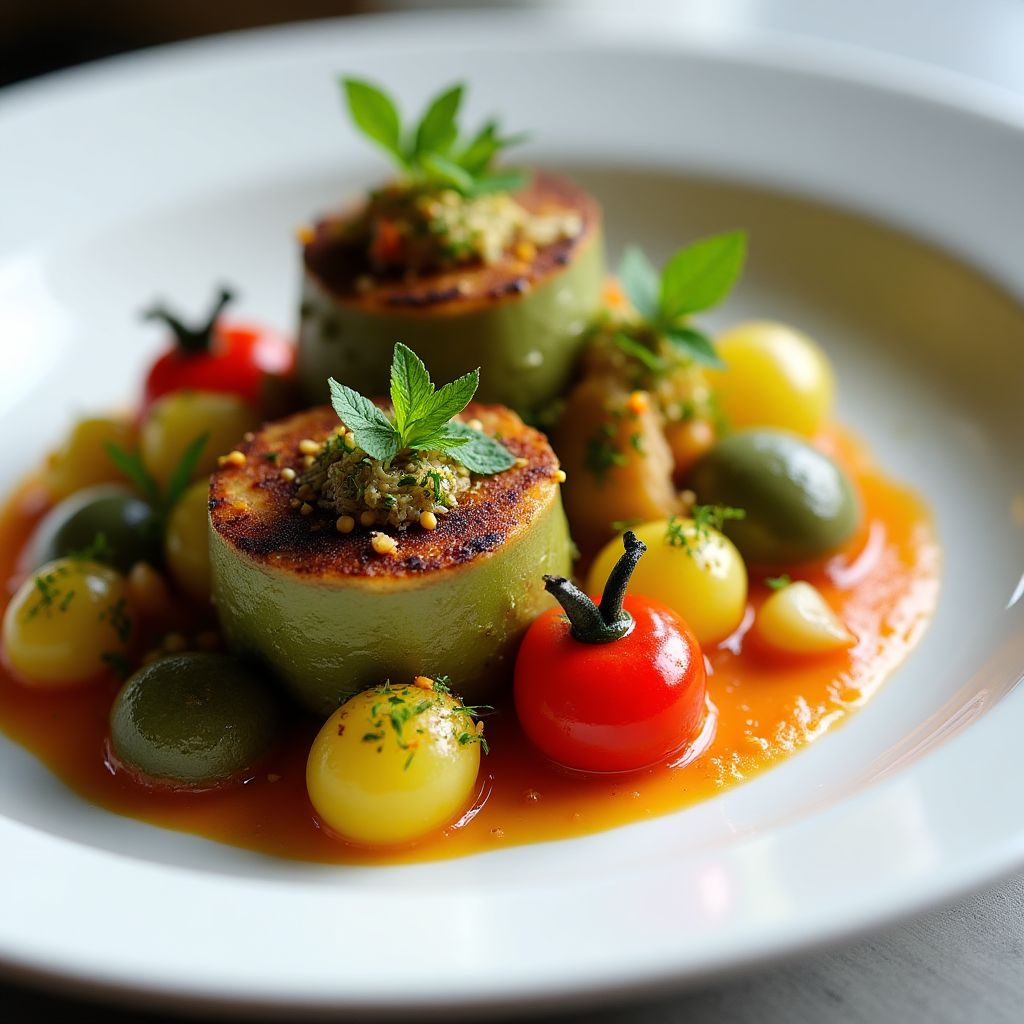Regional Culinary Distinctions
Australia's vast geography creates distinct regional food
identities across the continent. Queensland's tropical north
specializes in exotic fruits, seafood, and Pacific Rim
influences, with signature dishes like Moreton Bay bugs and
tropical fruit desserts. In contrast, Tasmania's cool
climate produces world-class dairy, berries, and
cool-climate wines, alongside exceptional seafood including
abalone and rock lobster.
South Australia's food bowl status is reflected in its
Mediterranean climate producing premium wines and olive
oils, particularly in the Barossa Valley and McLaren Vale
regions. The state is renowned for its artisanal cheese
culture and the distinctive regional specialty of AB
(afterbirth) — a late-night fast food combining gyros meat,
chips, and multiple sauces.
Western Australia's isolation has fostered a self-sufficient
food culture with unique specialties like marron (freshwater
crayfish) and exceptional truffles from Manjimup. The
Northern Territory's cuisine features the strongest
indigenous influence, with restaurants showcasing bush
tucker ingredients like magpie goose, green ants, and kakadu
plum.
Urban food cultures vary significantly too, with Melbourne's
strong Italian and Greek influences contrasting with
Sydney's more East Asian culinary orientation, reflecting
different immigration patterns throughout Australia's
development.




